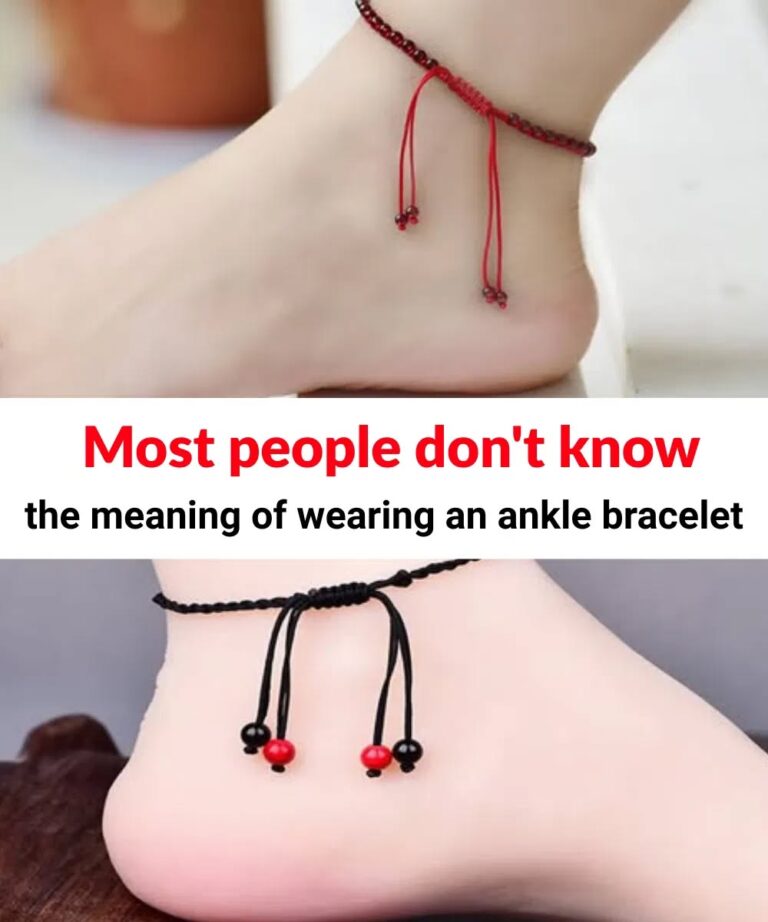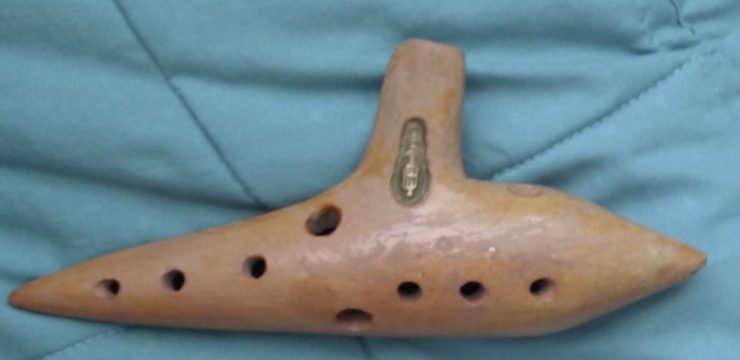Ankle bracelets, also known as anklets, have long held a special place in the world of accessories. Light, elegant, and effortlessly eye-catching, they continue to make waves in modern fashion. Today, people wear them as a stylish addition to their wardrobe, often during warmer seasons when shorts, skirts, and sandals help show them off. But while they may seem like a simple fashion statement now, ankle bracelets actually carry centuries of history, meaning, and cultural significance that stretch across civilizations and continents. The anklet’s story begins thousands of years ago.

It was more than a trend—it was a symbol. In ancient Egypt, anklets were believed to be powerful talismans. Worn not just for beauty but for protection, they were often adorned with small pendants that jingled as the wearer walked. These pendants were thought to ward off bad luck and protect against misfortune. Many laborers wore them to not only add a decorative element to their attire but also to deter insects while working, thanks to the sound created by their movement.
This blend of practicality and spiritual belief gave the anklet both charm and purpose. In India, the anklet holds even deeper cultural and social value. Typically made from silver, they are a traditional symbol of marriage, worn by women to represent their commitment and marital status. The gentle sound of the anklet has long been associated with grace and femininity, becoming a key part of Indian wedding rituals and customs. In Indian society, the anklet is not just an ornament but an integral piece of jewelry that ties into identity, tradition, and elegance. Moving to Arabian culture, anklets make appearances in folklore and stories like those found in One Thousand and One Nights. Their meanings have varied widely depending on the time period and the region.
In some historical contexts, anklets were linked to dancers or certain social roles, occasionally even tied to women on the margins of society. These interpretations, though, are nuanced and depend heavily on local traditions and history. What one group viewed as a symbol of freedom and expression, another might have associated with status or profession.
The ancient Sumerians and later the Romans brought their own take to the anklet. In those societies, anklets were a symbol of luxury and social rank. Women of wealth and high standing would wear intricately designed anklets made of gold, silver, and even encrusted with precious stones. They served as a visual display of their family’s affluence and their refined taste. In this way, anklets weren’t just accessories—they were statements of power and prestige. As time passed and fashion evolved, anklets began to shed much of their traditional symbolism. In today’s world, they’re widely seen as a modern fashion staple—stylish, feminine, and fun. Especially popular during summer, anklets are a great way to add a little flair to casual outfits. Whether paired with beachwear or a breezy sundress, they draw attention to the ankle in a subtle yet striking way. What’s more, there’s a style for everyone. For a timeless and polished look, gold and silver anklets add a touch of class and elegance. For those who prefer a bohemian aesthetic, beaded or shell anklets evoke a laid-back, coastal vibe. And if you’re into fun, casual style, colorful cords and tiny charm anklets are perfect for making a personal statement without going overboard. One common question that comes up is whether it matters which ankle the bracelet is worn on—the left or the right. The truth is, there’s no strict rule or universal symbolism tied to which side you choose. It really comes down to what feels comfortable and fits your style. Some people may prefer one ankle over the other for personal or superstitious reasons, but fashion-wise, anything goes. Whether it began as a protective talisman, a marital symbol, or a status symbol, the anklet has evolved into a piece that bridges cultures and generations. From its ancient roots to its place on today’s fashion scene, the ankle bracelet remains a unique and meaningful way to express individuality, celebrate tradition, and add a hint of charm to every step.





